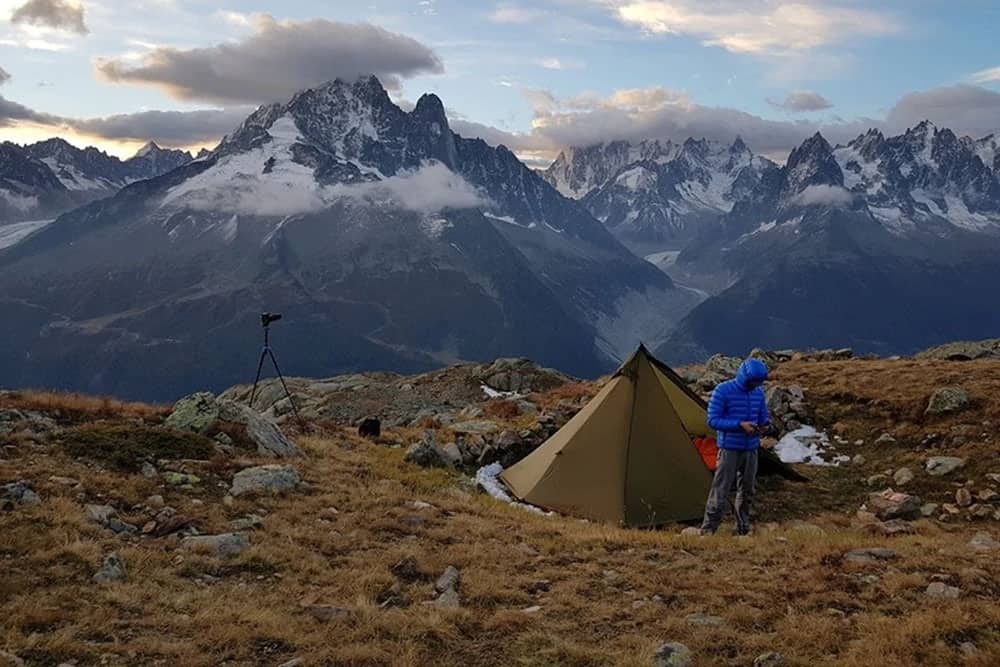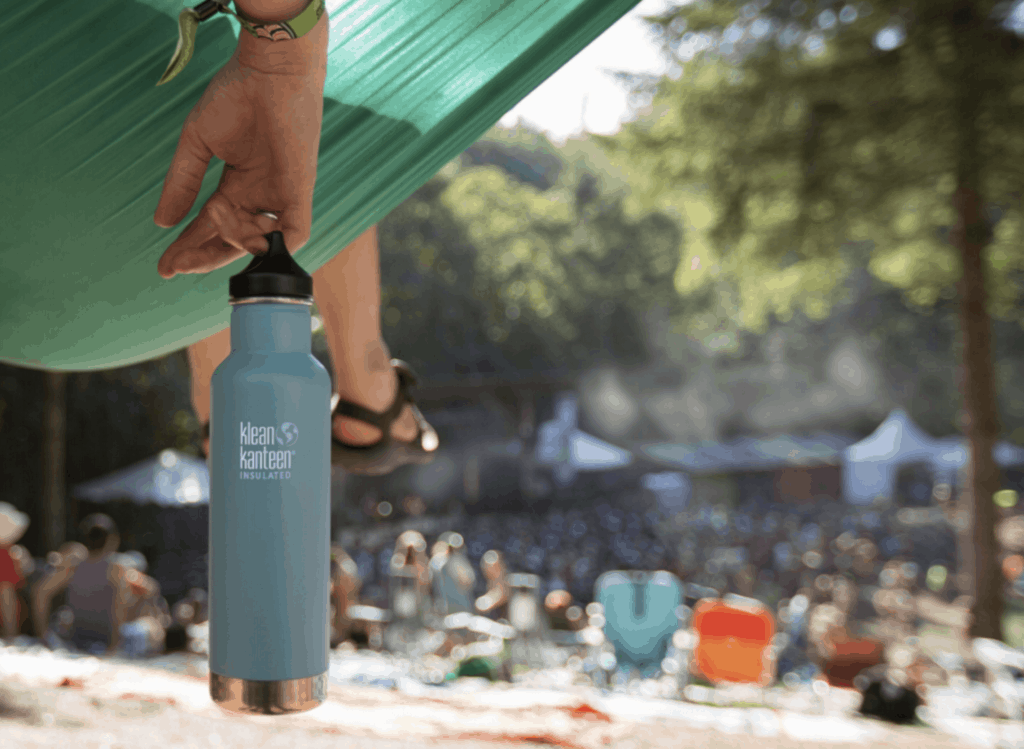You’d think perhaps that walkie talkies would be an obvious casualty of the smartphone revolution. But you’d be wrong. Walkie talkies have withstood the rise of the smartphone by being able to offer things your expensive handset can’t (1). Like what? Like crystal clear communication in elevators, tunnels, parking garages and other places you could never get a cell signal.
You also don’t have to pay a monthly or yearly fee to talk on your walkie talkie. And they aren’t going to fall victim to an overloaded network in the event of an emergency. In this guide we’ve brought together the 10 best walkie talkies for your consideration.
1. Cobra ACXT645 Walkie-Talkie

Cobra walkie talkies have been well regarded by pros and amateurs alike for decades. Their latest models are a good indication of why that is. The ACXT645 is built to exacting tolerances and has a substantial feel the belies its rather modest scale.
In ideal conditions it has a range extending to 35 miles that makes it an excellent choice for storm restoration companies, mountain rescue teams and others who toil in the outdoors. The ACXT645 features VOX hands free activation, 10 NOAA channels to keep up with the latest weather conditions and is highly water-resistant with an IPX4 rating. Each radio comes with 3 rechargeable NiMH batteries and a limited one year warranty on parts and manufacturing.
2. Uniden SX507 50 Mile Walkie Talkies
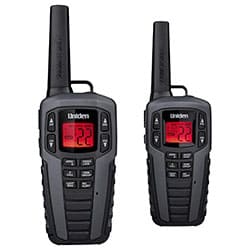
With a backlit LED readout panel, clearly marked control buttons, rock solid construction and extensive privacy codes the Uniden SX507 is a great choice for rescue workers, private security firms and EMTs. There are 22 channels in total with multiple NOAA channels and the SX507 won’t fail you in the rain because it’s completely waterproof.
That means it can survive being submerged for up to half an hour. But you get more than 2 well-built, reliable walkie talkies with this set. You also get dual charging stations, 2 headsets, clips to attach them to your belt and more. The rechargeable batteries each provide 14 hours of continuous service and each walkie talkie comes with 3.
3. Cobra ACXT1035R FLT Walkie Talkies

Cobra is back for another appearance on our list. This time with their CXT1035R. This model is designed to provide clear two-way communication for up to 37 miles. With “up to” being the operative phrase there. This is another highly water-resistant Cobra walkie talkie that has a great solid feel to it, is easy to master and features a clean LCD readout panel. Each unit has a built in belt clip for easy transport and each is capable of VOX, hands-free communication.
Which really comes in handy if your linesmen or rescue team is busy but needs to stay in contact. The CXT1035R is powered by nickel metal-hydride batteries (NiMH). It comes with 3 such batteries for each unit and each battery provides 10 hours of operation when fully charged.
4. Arcshell Rechargeable Two-Way Radios
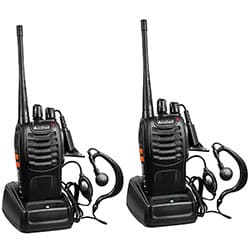
Arcshell Long Range Two Way Radios cost about half what most other walkie talkies cost. And the good news is that there isn’t a 50% drop in functionality that accompanies the price. Where you will find the savings is in the range. Where more expensive units typically provide a range of anywhere from 30 – 50 miles, the range on these units is a far more modest 5 miles. And in most cases it will actually be more like a mile.
But that’s fine if what you need are walkie talkies so that the members of your building maintenance staff can communicate with one another. Each unit has a built in LED flashlight and a rechargeable lithium-ion battery that provides up to 8 hours of continuous service on a full charge. Earphones and a slick carrying case are also provided.
5. Midland LXT500 22 Channel FRS Two-Way Radio
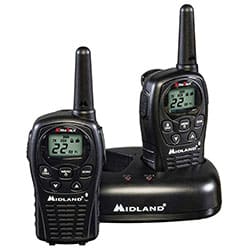
If you want to take a modest step up from the Arcshell walkie talkie these Midland 22 Channel units are a good choice. They’re moderately priced, feature a middle of the road 24 mile range and offer 22 channels with multiple NOAA channels.
These will find favor with emergency workers, volunteer firefighters, bike messengers and even families wanting to provide the kids a simple, surefire way to stay in touch. You have a choice of using the included lithium-ion batteries or installing standard alkaline batteries. That kind of versatility is always a plus. The units are easy to use, provide nice clear voice communications and are highly water resistant, though not waterproof.
6. Olympia R100 Two-Way Radios

Olympia hits it out of the park with their R100 walkie talkies. They have an effective range (under ideal circumstances) of up to 37 miles, provide more than 50 operational channels, have multiple NOAA channels and are 100% waterproof. The R100 will provide up to the minute NOAA weather alerts. But even if you’re caught in a downpour the R100 won’t bat an eyelash.
The units come with their own micro-USB charging cables, each has a rechargeable Lithium-ion battery and both have integrated belt clips. There’s also a charging station, earphones for each unit and adjustable wattage settings that allow you to conserve the battery. There’s also 120 privacy codes so you can secure your communications if necessary.
7. Motorola T600 Talkabout Radio
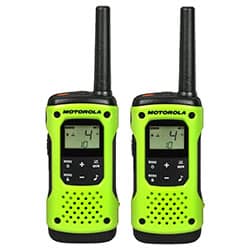
Motorola used to be one of THE names in TVs and was an early pioneer in cell phone technology (2). While those days have gone the way of the dinosaur they remain a viable company producing high-quality niche products like these T600 Talkabout Radios. These are completely waterproof units that can be fully submerged and not skip a beat.
Under ideal conditions they provide a 35 mile range over 22 available channels, including NOAA channels. The battery life on these puppies is impressive with 23 hours of continuous use on a full charge. That’s pretty much the gold standard for the walkie talkie industry. The T600 also has one of the most attractive designs in the biz with an electric lime green shell that makes them easily visible if you drop the unit. They’re going to cost you more but in our view they’re worth the stretch.
8. LUITON LT-188H VHF Walkie Talkie
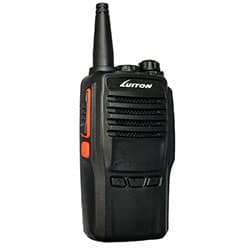
The Luiton LT- 188H is a fine piece of communications equipment with a 10 mile range (under ideal conditions), 10 watts of power, rechargeable lithium-ion battery and an integrated LED flashlight. There’s an auto save feature for the battery, a low battery alert, an integrated belt clip and VOX hands-free operation.
With all of that the LT-188H seems like a great deal, until you realize you only get 1 walkie talkie for the price. Which means that for 2 you’ll pay more than you would for the Motorola T600s we just reviewed. And that is a purchase that would be pretty hard to justify. Unless of course you were unable to get the T600. That doesn’t mean this is not a solid walkie talkie though. It definitely is.
9. Midland – GXT1000VP4 Two-Way Radio
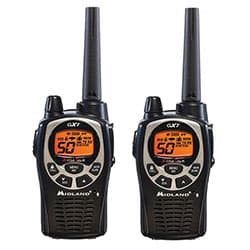
With the Midland GXT1000VP4 you get 2 high-quality walkie talkies at a reasonable price that can be powered either by the included lithium-ion battery or by 4 AA batteries (each). The units boast an effective range of 36 miles. But keep in mind that’s under ideal conditions.
There are 50 available channels including several NOAA channels so you can stay up to date on weather conditions. They’re also completely waterproof and can be submerged for up to 30 minutes without sustaining damage. The LCD display is clear and well-organized. The units have a nice solid feel to them and you’ll get up to 8 hours of continuous operation from the lithium-ion battery.
10. Motorola MR350R 35-Mile Two-Way Radio
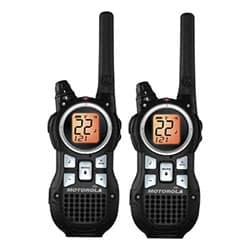
We couldn’t resist adding one more Motorola to the list. The MR350Rs are absolute top-of-the-line walkie talkies with a 35 mile range, waterproof construction and 22 FRS channels (3).
The shell is fashioned from impact resistant plastic, the batteries provide 20 hours of continuous operation on a full charge, you can get real time NOAA alerts and there’s more than 120 privacy codes to secure your communications. Voices are crystal clear over great distances and you have the option to power the units using AAA batteries in a pinch.
FAQs
Didn’t Smartphones Make Walkie Talkies Obsolete?
We touched on this during the opening but it deserves a bit more ink. It would be natural to assume that the smartphone made the walkie talkie obsolete but it’s not the case. And there are a number of good reasons why.
- First, cellphone coverage in urban areas these days is typically good. But it you’re the owner of a construction company you know that trying to communicate with your guys and gals in basements, tunnels and even parking garages can be impossible with cellphones. Walkie talkies are really the only realistic way to keep in touch.
- Second, when emergencies strike people tend to take to their phones. As a result systems become overloaded and nobody can get through to anybody (4). If you’re an emergency worker it’s crucial that you are able to communicate when others can’t. And walkie talkies are the best and easiest way to do that.
- Third, while cellphone coverage these days is generally – but not always (5) – good in urban areas once you get out into the backcountry that coverage takes a dive. Therefore if you plan on taking an extended hiking trip through no man’s land you’re better off using walkie talkies as your means of emergency communication than smartphones.
Also, hundreds of millions of people these days spend inordinate amounts of time tapping out messages with their thumbs instead of simply calling the person they want to talk to. And that’s fine. Whatever makes you happy. But there are times when text messages just aren’t good enough. When you need to actually talk to a person on your team to be able to be able to make an accurate assessment of what’s going on.
What Makes for a Good Walkie Talkie?
There are a lot of walkie talkies on the market today and many of them are high quality, reliable products. But not every walkie talkie is right for everyone’s needs. Below are some of the various things you’ll want to consider when shopping for a walkie talkie.
- Coverage – Different makes and models offer different amounts of coverage. Some are best for short range coverage. And that’s great if you just use them to keep in touch with the various members of the maintenance crew in your high-rise. But if you own a storm restoration company and your crews are often spread out over large distances restoring power in different areas you’ll want walkie talkies with genuine long range coverage.
- Frequency – Range is often a function of frequency. UHF or ultra high frequency signals (6) typically cover a wider range than VHF or very high frequency (7). So if you own that storm restoration company and have multiple personnel in the field spread out over great distances you’re going to want UHF walkie talkies.
- Channels – If you just need to communicate with various maintenance team members in your building or with your buddies in the woods having tons of channels isn’t usually necessary. If however, you work on a cruise ship and there are dozens of families using their own walkie talkies to keep in touch with everyone you’ll probably need a few private channels so that important communications don’t get drowned out. Also, if you work in the field or plan to use the walkie talkies while hiking you’ll need at least a couple of NOAA channels so you can keep up with the weather.
- VOX communication – VOX is a feature that allows you to use your walkie talkies in hands-free mode. This is great if your linemen are tied up but you still need to talk to them. Same thing with various construction workers. Maintenance workers in large buildings are the same way. Sometimes they’re hands are tied up but you still need to ask them a question or give them input to resolve a situation. VOX allows you to do that.
- Waterproofing – Not a big deal inside closed building environments. But a very big deal for those that work outdoors. Also an important consideration if you plan to take the walkie talkies into the woods. The generally agreed upon standard for waterproofing is the IPX standard. If you need walkie talkies for outdoor use you’ll want them to be rated at least IPX7 (8).
- Power options – No matter how you plan to deploy your walkie talkies they aren’t much good if the battery dies. So it’s always best to buy ones that offer both a primary and a backup power source. These days that usually means a rechargeable NiMH (9) or lithium-ion battery (10) as the primary source and the ability to pop in some alkaline batteries in the event the primary dies. That said, if your lithium-ion batteries offer enough run time you hopefully won’t ever have to fall back on the alkalines. But it’s good to know they’re there.
- Extras – Walkies talkies aren’t smartphones. They’re utilitarian devices intended to enable swift, clear communication for business or emergency purposes. As such you don’t need a lot of bells and whistles. In fact, they may just be a distraction. But there are some features that may be useful. Including earphones, real-time weather alerts and privacy codes so you can keep important communication safe from interception by third parties.
- Price – Ultimately it should be the features you need that drive your decision to purchase a particular set of walkie talkies, not necessarily the price. These are after all last line of defense communication devices. If that last line of defense is compromised by a decision to save a few bucks then what’s the point? That said, you’ll sometimes find differences in price between similar models so it can pay to do some comparison shopping.
What is the Range of a Walkie Talkie?
This is one area when you really have to do your homework. A lot of manufacturers state that their devices provide 35 or even 50 mile range. But the fact is in almost all cases this is the unobstructed range. If you’re using the walkie talkies in the city buildings are going to get in the way. In the country hills and valleys are going to interfere with the effective range.
Most recreational walkie talkies will have an actual city range of about 1 or 2 miles. Some of the more powerful ones may get up to 5 miles. In the country almost no walkie talkies are going to provide 50 mile range unless they’re very powerful and the terrain is mostly flat, as it is in the Great Plains and along coastal plains.
How do Walkie Talkies Get Their Power?
Most are powered these days by rechargeable batteries. Some also offer alkaline battery backups. Still others are powered only by alkaline batteries. But those are mostly walkie talkies intended for kids. In most cases the best idea is to have a rechargeable NiMH or lithium-ion battery that provides at least 8 hours of continuous operation on a single charge and alkaline battery backup in case of emergency.
With walkie talkies like that you’re never caught with a dead battery. As long, that is, as you make sure you always have some alkaline batteries with you wherever you go.
Speaking of Battery Life…
Batteries are the lifeblood of the walkie talkie. Without them your 2-way radio is as useless as snowshoes in the summer. So if you intend to use your walkie talkies to conduct business communications or in potential survival situations then it’s vital that they always have power when you need them.
If you plan to take your walkie talkies on your mountain trek (11) to ensure safety and that no one gets lost those walkie talkies should have both NiMH/lithium-ion batteries and alkaline backups. If you bring a power pack with you you’ll be able to get several days of service out of the NiMH/lithium-ion batteries before the power pack is drained. But you should also have an ample number of alkaline batteries in your backpack as backup if needed. Will all this add to the weight of your pack? It sure will. But everything requires some type of tradeoff.
Keep in mind too that the wattage of the walkie talkie will determine how quickly it consumes power. The higher the wattage the greater the signal but the shorter the battery life. Again, it’s a matter of everything having a tradeoff. You need to determine what’s more important: range or battery life.
What is NOAA Radio?
NOAA stand for National Oceanic and Atmospheric Administration (12). It’s a federal agency that keeps track of the weather nationwide and provides freely available weather updates via radio. If you hike or hunt or work in the field having access to regular NOAA weather updates for your area can be a life-saver. Literally in some cases.
The best walkie talkies will have dedicated NOAA weather report channels so you can always keep up-to-date on conditions in your area. Sometimes however in very remote locations picking up a particular NOAA radio broadcast may be difficult. So if you plan to use them in the very remote locales the more NOAA bands you have the better.
The Bottom Line
If you work in the field, hunt or hike a lot or just want to provide the family with a surefire means of staying in touch while on vacation walkie talkies are a smart choice. They’ve survived the smartphone revolution because they provide reliable service even when smartphones fail.
And remember, there’s no expensive monthly calling plans involved either. Use the above information and tips to make sure you get the right walkie talkies for your company, organization, family or group.
